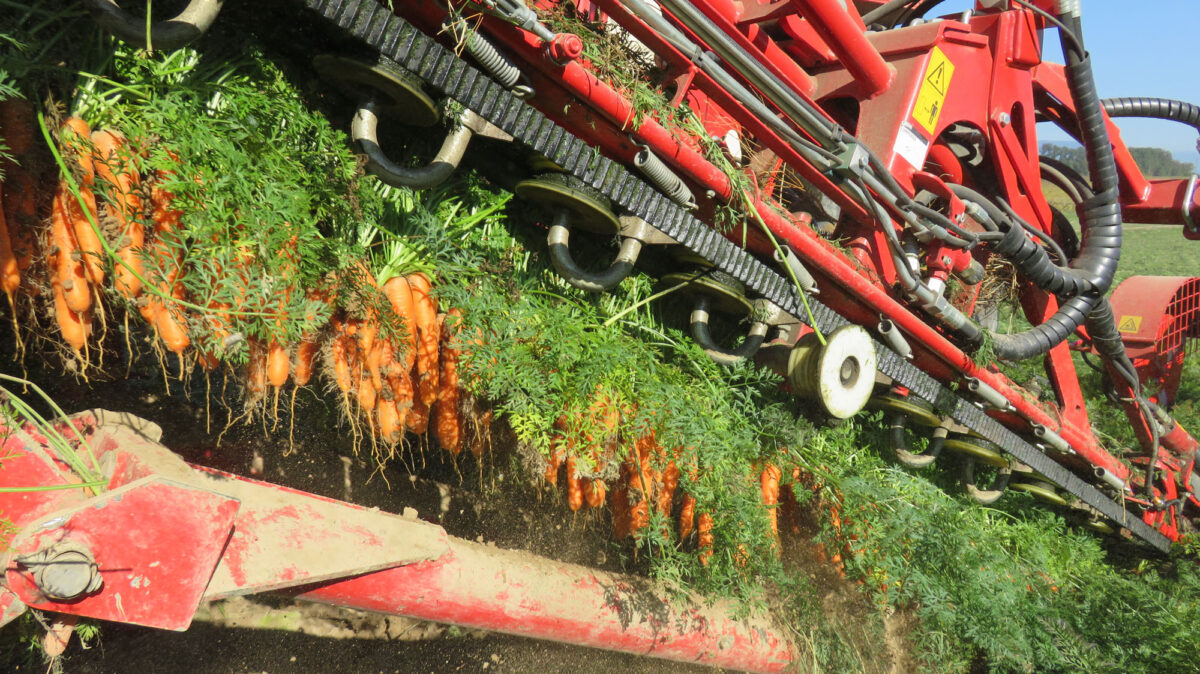Production
High-quality products are the capital of Swiss farmer’s families. That is why efficient and sustainable production methods – on every step from sowing to harvesting – are of paramount importance to them. Like Switzerland itself, the domestic agricultural production is diverse and, depending on the region, of varying importance. From vegetable growing in the Bernese Seeland to the orchards of Eastern Switzerland to Alpine farming, agricultural production shapes the country’s landscape and culture.
Fruit and vegetables for all seasons
Vegetable growing is an important branch within Swiss farming. Vegetable farmers plant their produce in greenhouses or outdoors. Greenhouse production is highly efficient and resource-friendly. Tomatoes and cucumbers are typical greenhouse vegetables. Carrots are more commonly grown outdoors.
In fruit-growing, there is an undisputed blockbuster: the apple. Fruit growers mainly rely on half-standard trees that deliver more reliable crops and are easier to harvest. Smaller half-standard trees can also be protected with nets against hail storms and pests. However, farmers also cultivate standard trees. They are important for biodiversity and produce ideal crops for apple juice.
Some cherry trees grow under plastic covers. Particularly the larger-fruited types are very sensitive to rain and hail. Nets placed at the sides also help to keep pests away, which in turn means that farmers can use smaller amounts of pesticides.
Labels guarantee added value
For many Swiss shoppers it matters that their produce is from Switzerland. Many Swiss farmers participate in animal welfare and organic farming schemes to add another facet to their products’ “Swissness”. Labels such as the “Knospe” for organic food or the IP Suisse ladybird represent additional efforts and added value.
There is also a distinction in how Swiss farm animals and their counterparts abroad are fed. Since the local climate and topography make our country ideally suited for grass production, grass is what most of our cows eat. In summer, they graze fresh grass, in winter they eat conserved roughage. Only a small proportion of the feed used in Switzerland is concentrate. Switzerland is particularly careful with soy bean imports, half of which are now from Europe. Soy beans from overseas must have a sustainability certificate.
